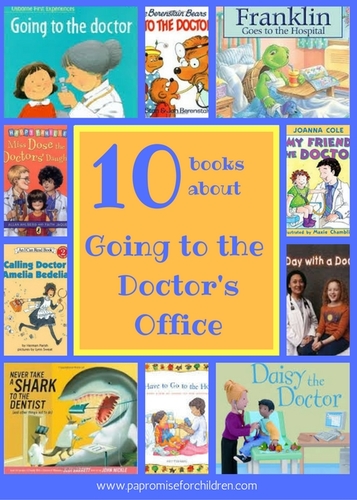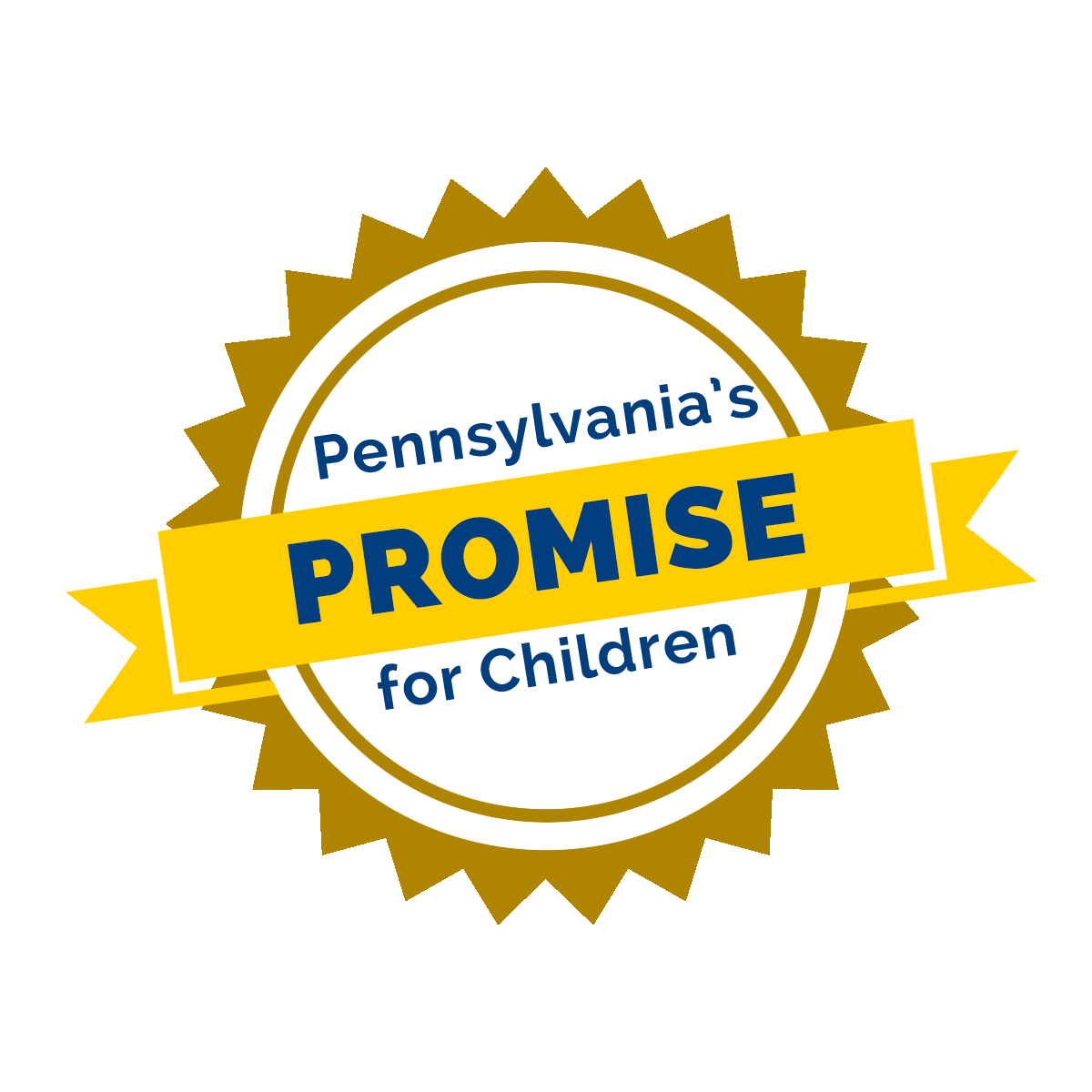
We’re learning at the doctor’s office!
Each month offers activities families can do together in a variety of settings. The activities within the Learning is Everywhere Calendar and on the website are aligned with the Pennsylvania Early Learning Standards (ELS).
These guidelines can be used to determine what infants, toddlers, pre-kindergarten, and kindergarten children may know or be able to do within specific age ranges.
Print the book list! 10 Books About Going to the Doctor’s Office.
- Never take a shark to the dentist by Judi Barrett
- Going to the Doctor by Anne Civardi
- Miss Dose the Doctor’s Daughter by Allan Ahlberg
- Calling Doctor Amelia Bedelia by Herman Parish
- Daisy the Doctor by Felicity Brooks
- Do I have to Go to the Hospital? by Pat Thomas
- A day with a Doctor by Jan Kottke
- Franklin goes to the Hospital by Paulette Bourgeois
- My friend the Doctor by Joanna Cole
- The Berenstain Bears Go to the Doctor by Stan & Jan Berenstain
While waiting in the exam room you most likely will have to undress your baby. As you do, touch each part of your baby’s body and name each part as you go. Make eye contact with them and smile as you touch and name each body part. Tell them what the body part does. “Your arms reach wide to give a hug!” (Social and Emotional Development)
Often there are pictures on the walls of a doctor’s office. Hold your baby, facing the pictures and point out to them the items in the picture. Describe what you see. Use words that give details. “Look at this big picture of a baby. See how happy the baby is? They are smiling just like you do when you are happy!” (Social Studies Thinking)
Be prepared for your babies’ reactions to the change in the temperature of the air and the examining table. Plan ahead if assistance is needed for children who use medical devices and equipment. Engage your child by playing a game and find things around the room making up your own ABC song.
Play match up with your fingers. Use your hands to count and match your fingers to your toddler’s fingers. Count as each finger touches-you do one hand, and then let them do the other. To be extra silly, can you do toes? Singing heads-shoulders-knees and toes is an alternative activity for children who have physical or sensory concerns. You can also play ‘this little piggy’ game with your child and their toes. Encourage your child to mimic or copy your hand gestures or puppets. (Mathematics Thinking and Expression)
Create a Special Event bag your toddler can take when visiting places like the doctor’s office. It can be a simple backpack, cloth bag, or even a zip-top plastic bag. Put in items such as pad of paper, crayons, stickers, small toys or cars, View Master, lacing games, playing cards, or other special items to be used when visiting. (Approaches to Learning through Play)
Encourage your preschooler to act out the role of someone at the doctor’s office. What person are they going to be? (Receptionist, nurse, x-ray technician, doctor, etc.) Why is the patient visiting the doctor? What does the person they’re acting as do? What would that person say? Take turns playing the doctor and the patient. Stuffed animals and dolls can be pretend patients, too. (Approaches to Learning through Play)
While waiting in the examining room, have your preschooler close their eyes and listen. What do they hear? (Closing of a door, someone walking down the hall, the air conditioning/heating vent, a phone ringing, baby crying, etc.) Talk about what is heard. Where might someone be going? Who might be calling? Why might the baby be crying? Encourage your child to use their imagination-might it be an elephant on the phone, or a tiger creeping down the hall? (Creative Thinking & Expression)
Create a Special Event bag your preschooler can take when visiting places like the doctor’s office. It can be a simple backpack, cloth bag, or even a zip-top plastic bag. Put in items such as pad of paper, crayons, stickers, small toys or cars, View Master, lacing games, playing cards, or other special items to be used when visiting. (Approaches to Learning through Play)
Adapt these activities by using pictures or technology for preschoolers with audio or visual needs. Help develop their communication skills by providing exciting and expressive answers to the questions. You and your child can play ‘match the sound’ while waiting. As you make a sound, encourage your child to guess the animal or items.
Explain to your kindergartner that a people doctor is a physician, while an animal doctor is a veterinarian. Provide names of people you know, and see if they can guess which doctor (physician or veterinarian) the person would see, and mix in animals, too. “Would Uncle Jack go to a physician or a veterinarian if he was sick?” or “Would a cat go to a physician or a veterinarian if it was sick?” Let him quiz you, too! (Social Studies Thinking)
On the way to the doctor’s office, have your kindergartner try to guess what will happen while there. (Check height and weight, listen to the heart and lungs, look into the ears, check reflexes, look into mouth, etc.) Ask them why the doctor might want to check height, look in the mouth, etc. Encourage responses which are positive (“To see how big you are growing” or “To see your shiny teeth”), rather than “to see if there’s anything wrong.” Once there, ask them to recall why the doctor does things. (Social Studies Thinking)
Create a Special Event bag your kindergartner can take when visiting places like the doctor’s office. It can be a simple backpack, cloth bag, or even a zip-top plastic bag. Put in items such as pad of paper, crayons, stickers, small toys or cars, View Master, lacing games, playing cards, or other special items to be used when visiting. (Approaches to Learning through Play)
